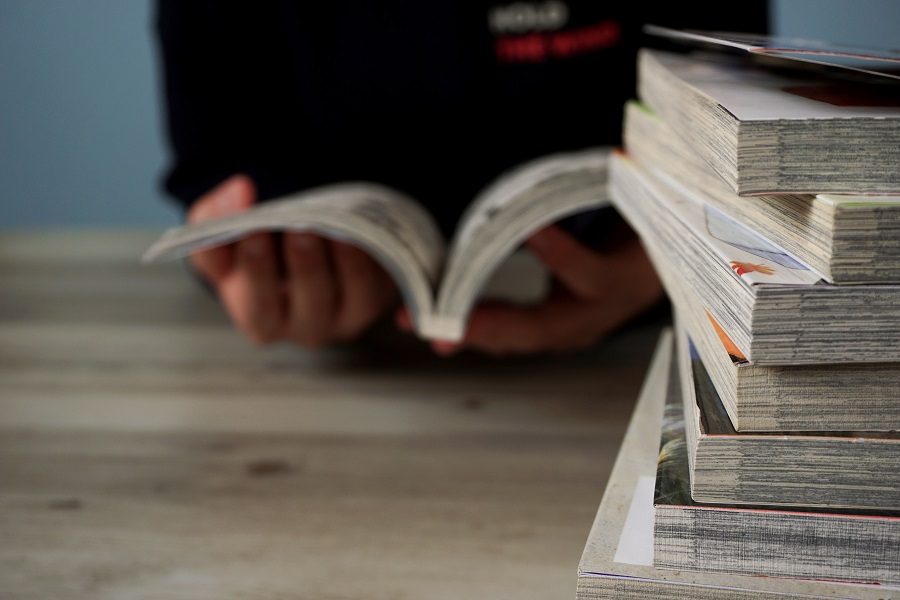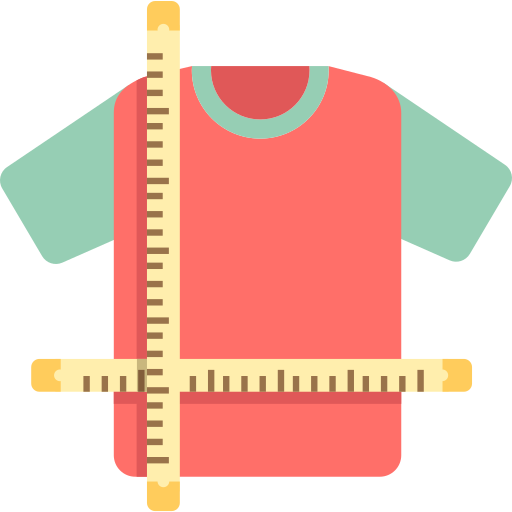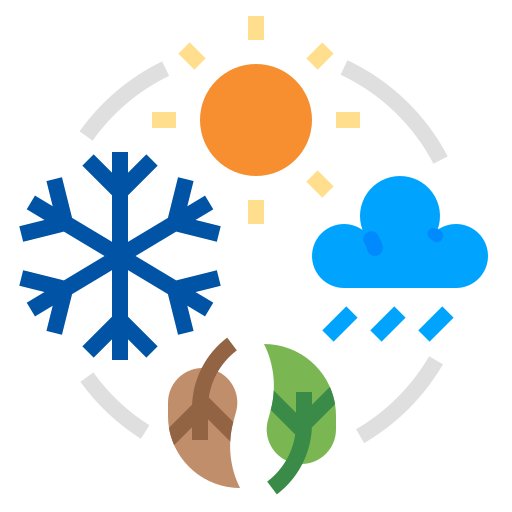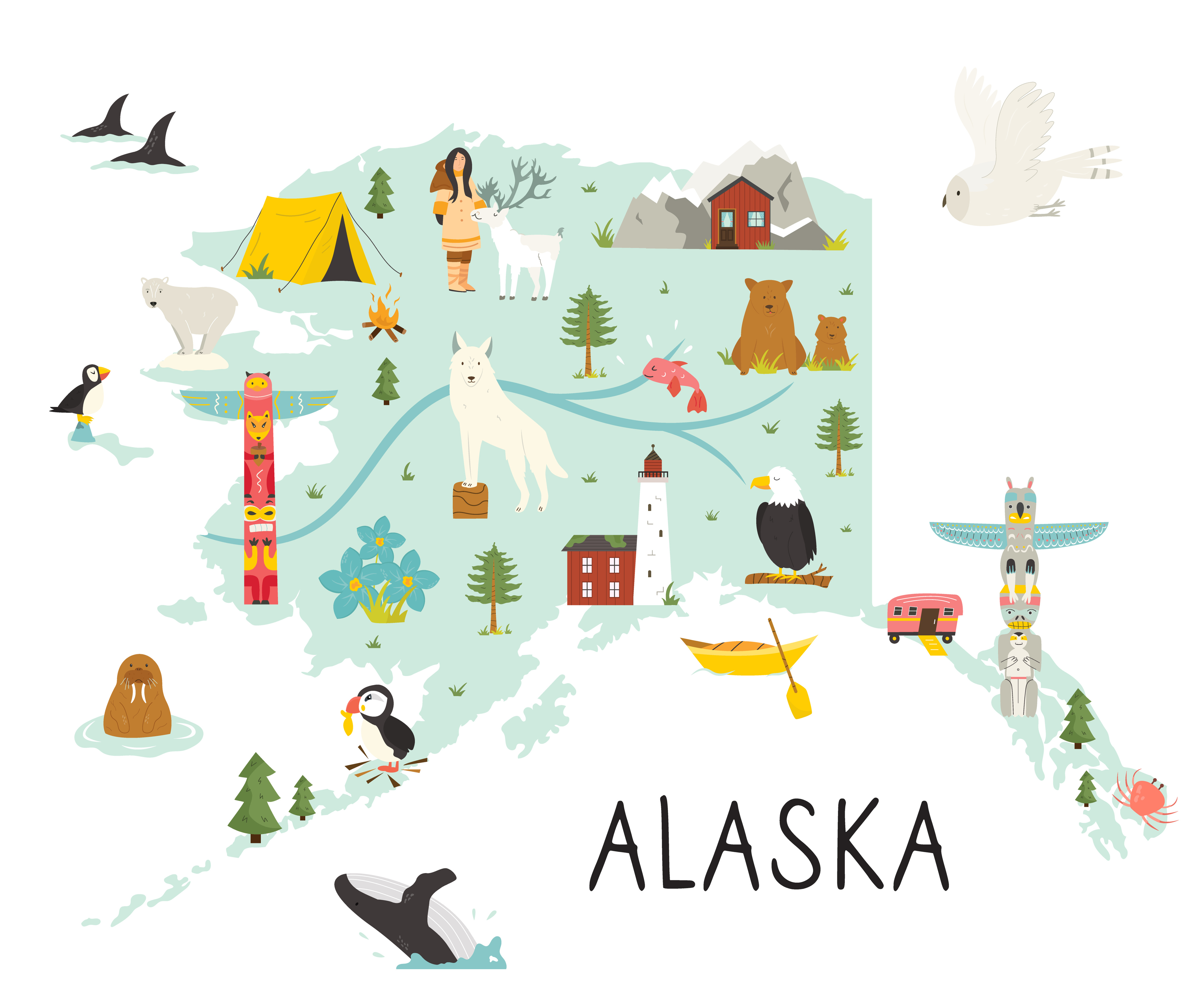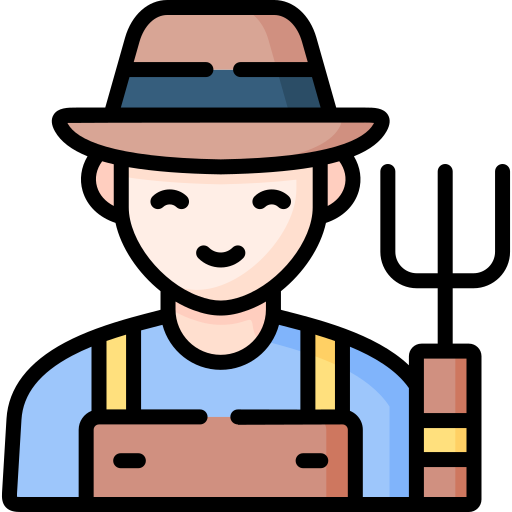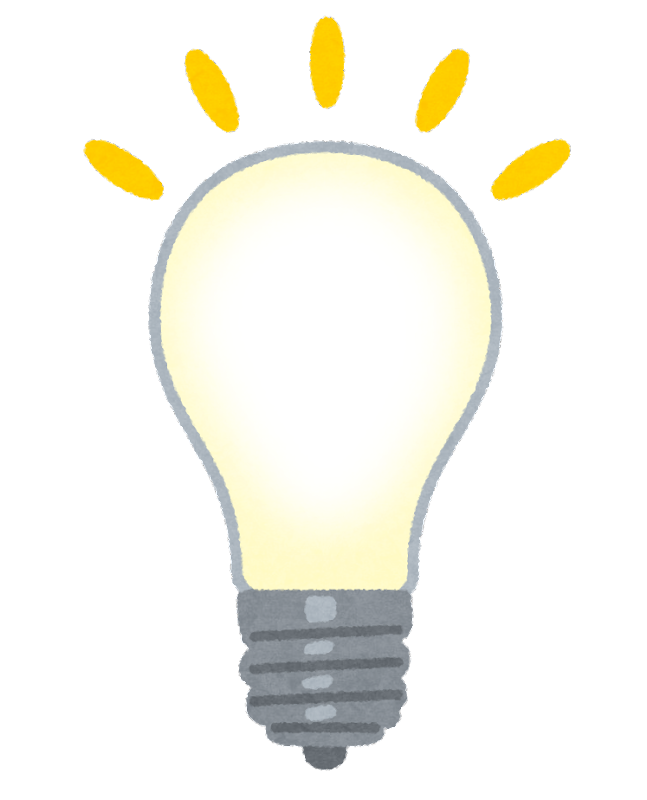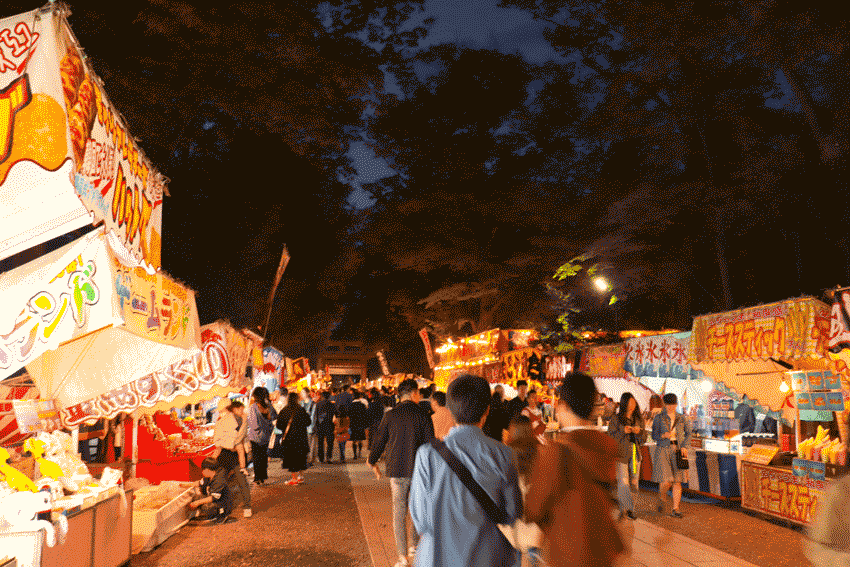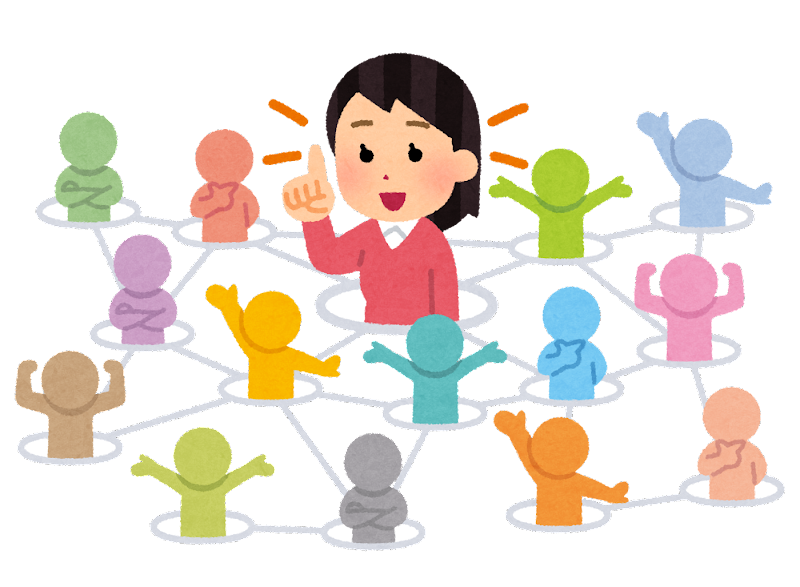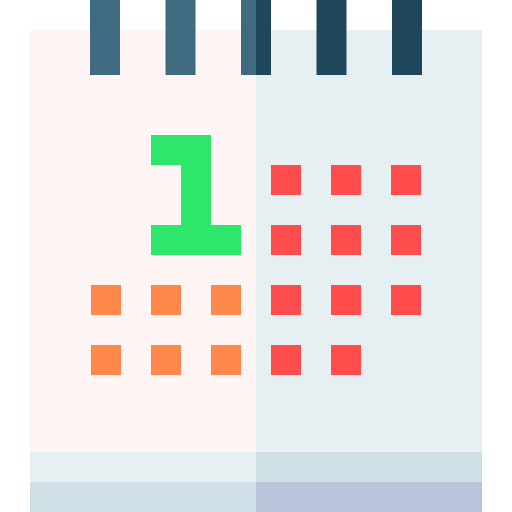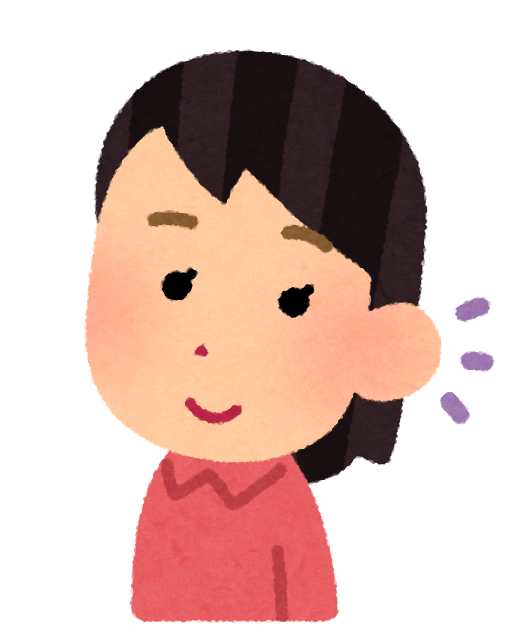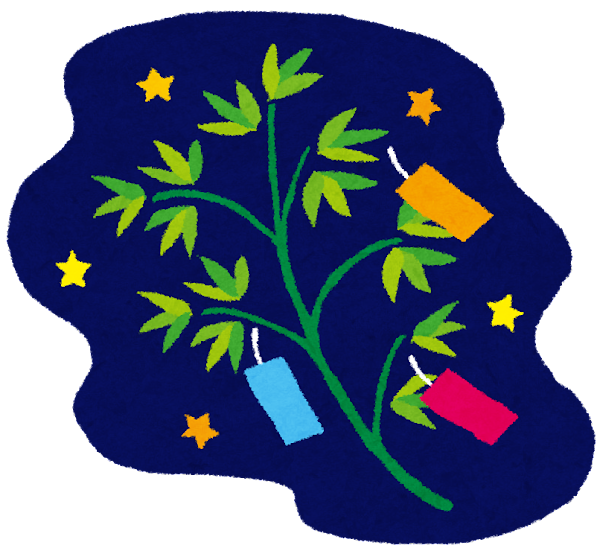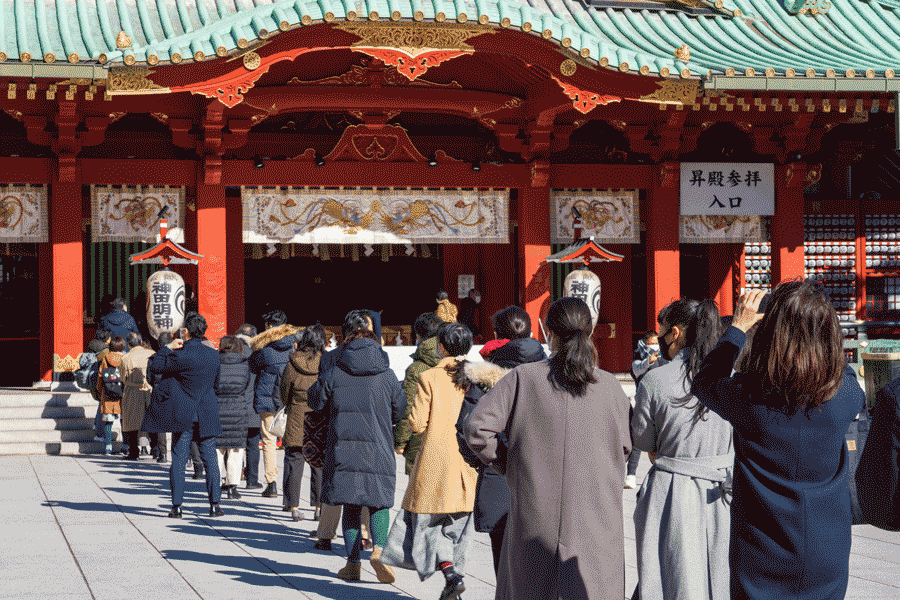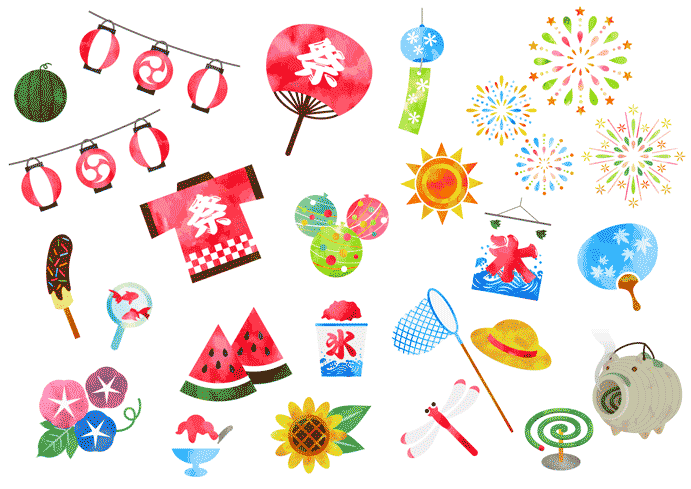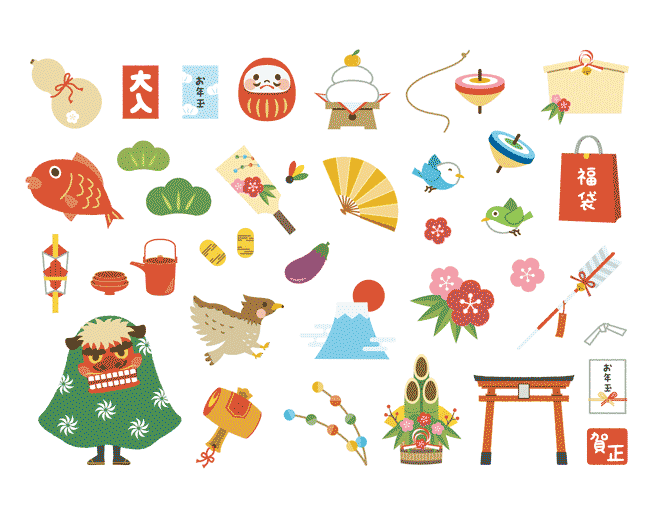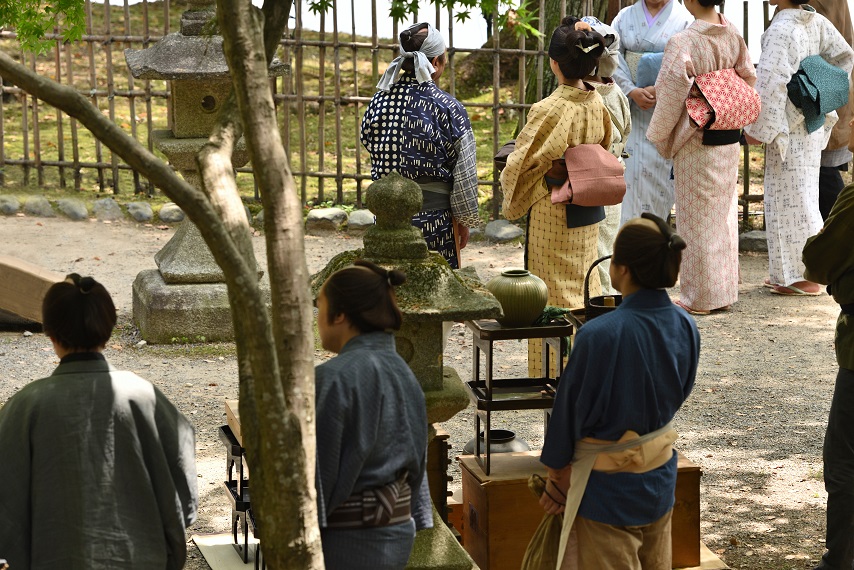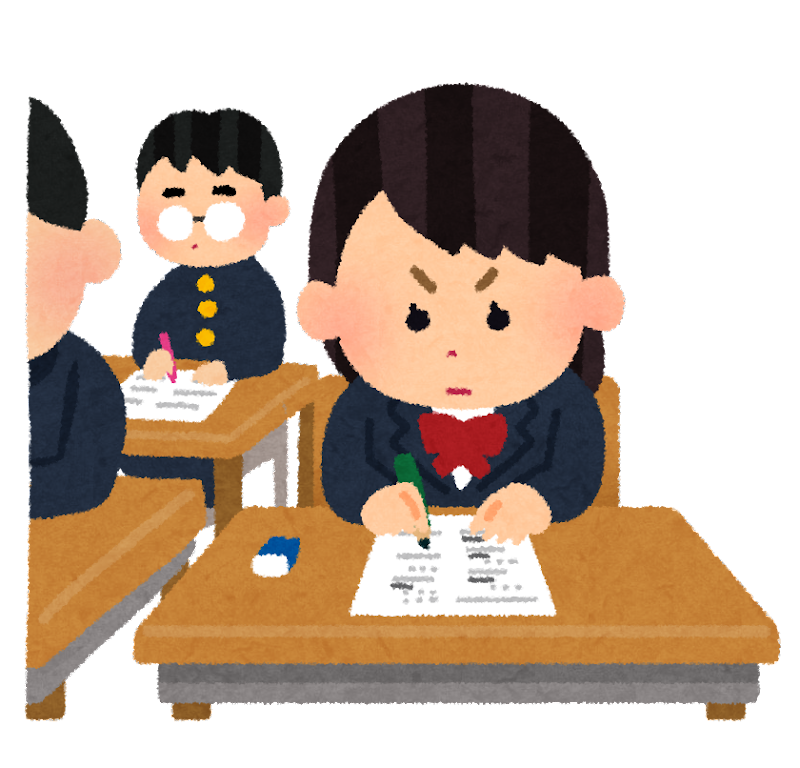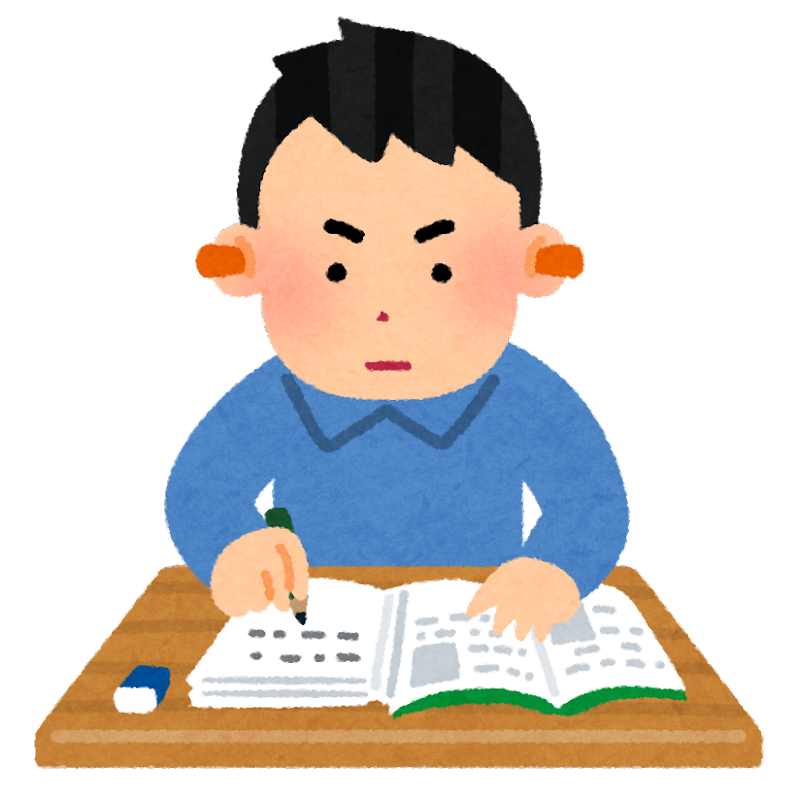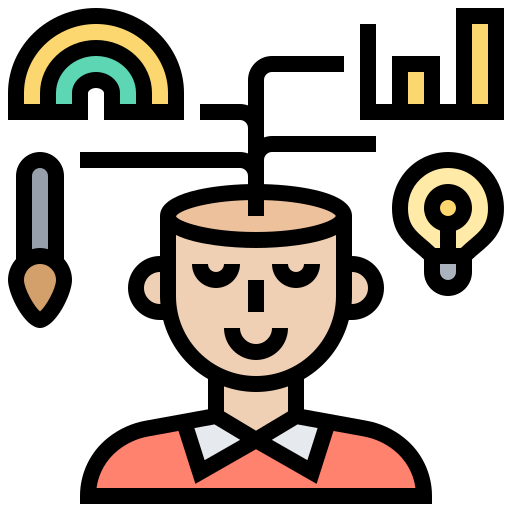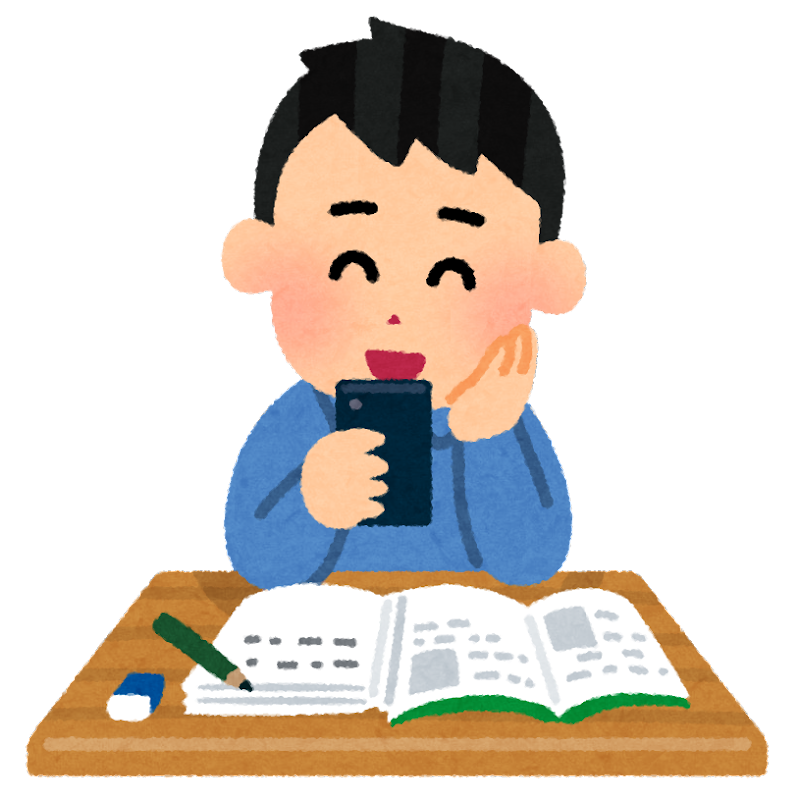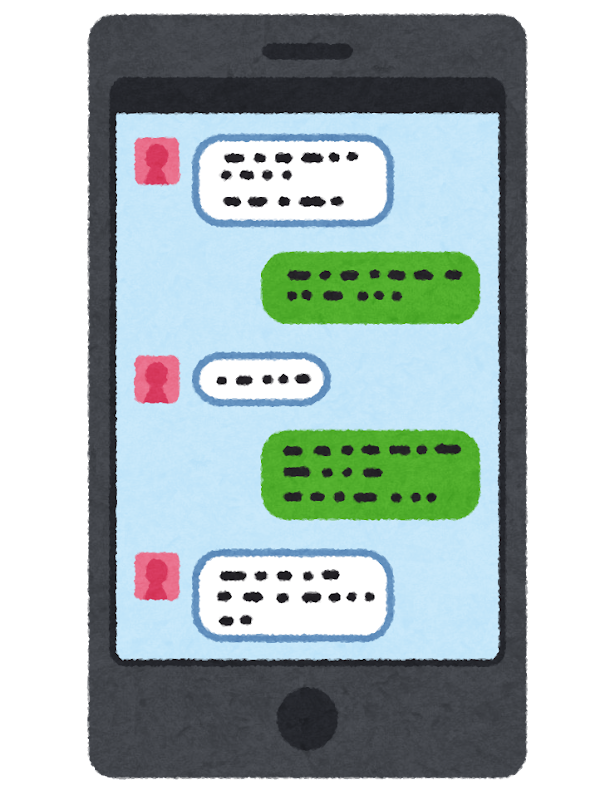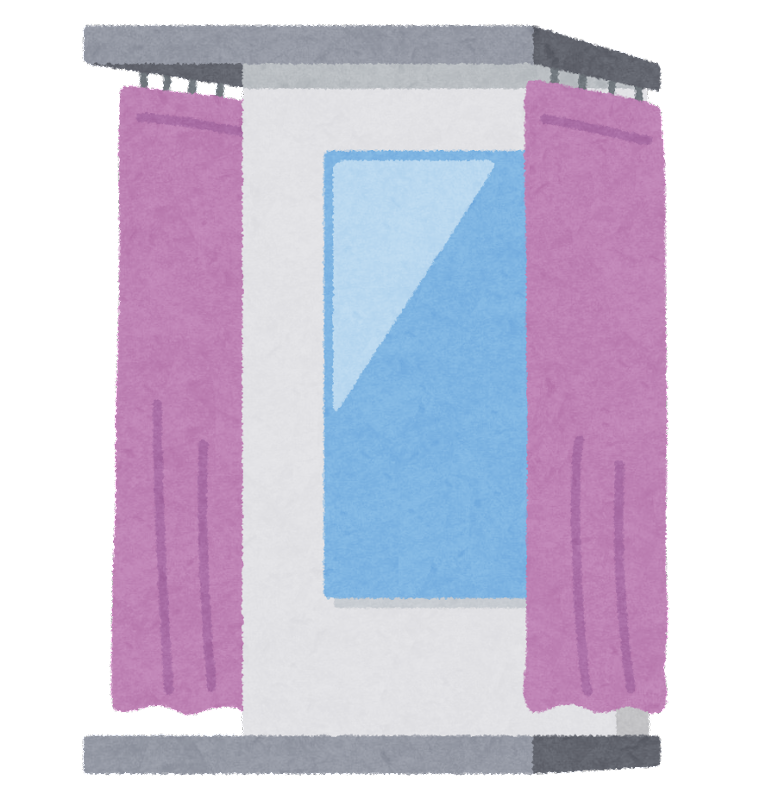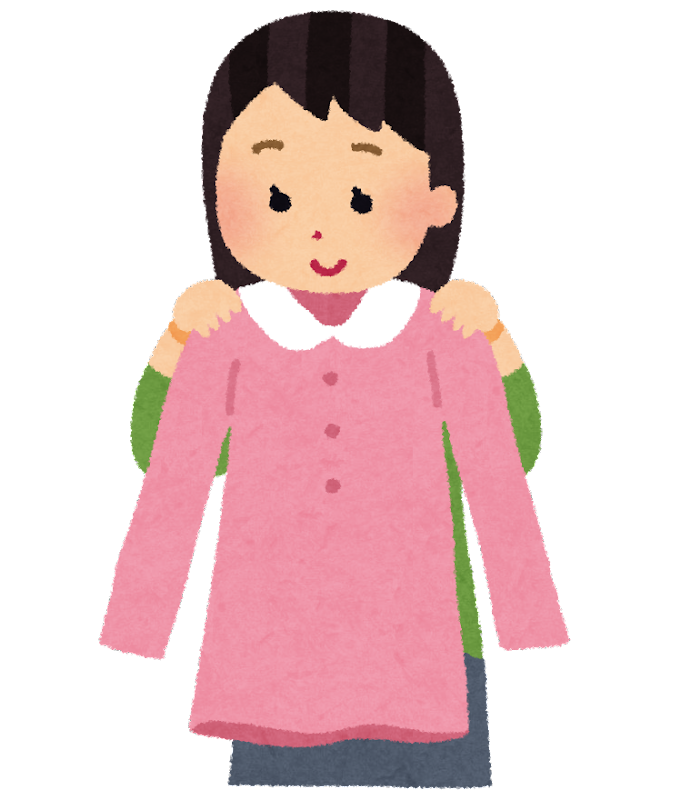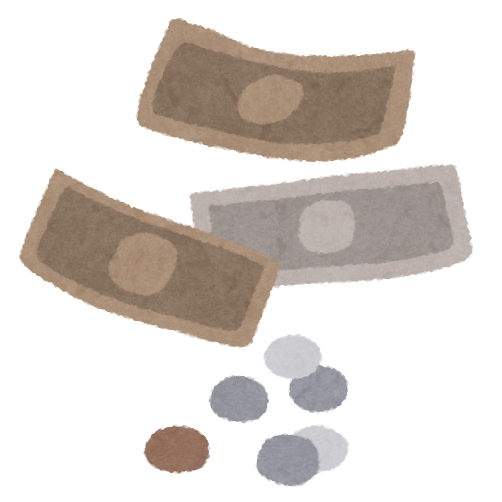



| 1. | Excitement |
| 2. | Sadness |
| 3. | A “thank you” moment |


| 1. | What did you/he/she/they do? |
| 2. | Who did it? |
| 3. | When was it? |
| 4. | Where was it? |
| 5. | Why did you/he/she/they do that? |
| 6. | How was it? |
| Answer: |


| Answer: |
include these points: (What / Who / When / Where / Why / How)




|
RIHO:
|
Do you know a cafe called “manga-kissa”? |
|
JUSTIN:
|
No, I don’t. What can we do there? |
|
RIHO:
|
You can read as many manga as you want from a large variety of them within a certain period of time. |
|
JUSTIN:
|
Wow, that’s a wonderful culture for manga lovers! I want to go there. |
|
RIHO:
|
Also, there are many kinds of animal cafes in Japan. |
|
JUSTIN:
|
What kind of places are they? |
|
RIHO:
|
They are cafes where you can touch and play with cats, dogs, rabbits, hedgehogs, and owls. |
|
JUSTIN:
|
It sounds a great service for people who can’t have pets! |
【ヒント:日本語訳】
JUSTIN: ううん、知らないな。そこでは何ができるの?
RIHO: 決めた時間内であれば、たくさんの種類の中から好きな漫画を好きなだけ読むことができるんだ。
JUSTIN: わー!漫画好きには素晴らしい文化だね。行ってみたいな。
RIHO: あと、日本にはいろいろな種類の動物カフェがあるんだよ。
JUSTIN: どんなところなの?
RIHO: 猫や犬、ウサギ、ハリネズミ、フクロウなどに触れたり、ふれあえるカフェなんだ。
JUSTIN: ペットを飼えない人にはとってもいいサービスだね!


| 1. | What can we do at “manga-kissa”? |
| Answer: |


| 2. | What did Justin say animal cafes were a great service for? |
| Answer: |




|
RIHO:
|
Do you know a cafe called “manga-kissa”? |
|
JUSTIN:
|
No, I don’t. What can we do there? |
|
RIHO:
|
You can read as many manga as you want from a large variety of them within a certain period of time. |
|
JUSTIN:
|
Wow, that’s a wonderful culture for manga lovers! I want to go there. |
|
RIHO:
|
Also, there are many kinds of animal cafes in Japan. |
|
JUSTIN:
|
What kind of places are they? |
|
RIHO:
|
They are cafes where you can touch and play with cats, dogs, rabbits, hedgehogs, and owls. |
|
JUSTIN:
|
It sounds a great service for people who can’t have pets! |





|
called ~
kɔːld
~と呼ばれる
|
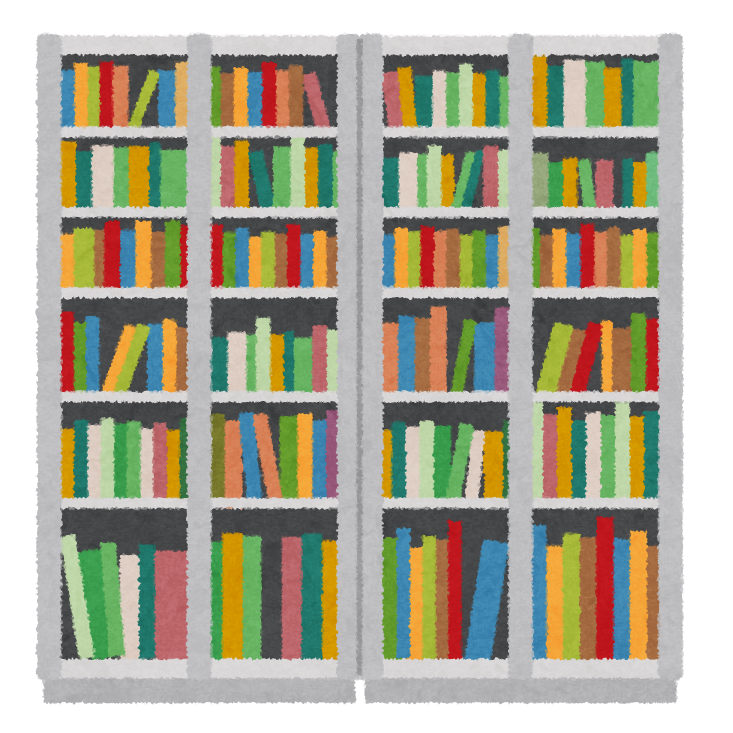
|
variety
vərάɪəṭi
いろいろな
|

|
certain
sˈɚːtn
(ある)一定の
|

|
lover
lˈʌvɚ
愛好者
|

|
touch
tˈʌtʃ
さわる
|






| 1. | What is popular these days in your school? |
| Answer: |


| 2. | Do you think Japanese pop culture will become more popular around the world? Why or why not? |
| Answer: |


| 3. | Have you ever been to karaoke? If yes, do you like it? Why or why not? If not, have you experienced any Japanese pop culture recently? What was it? How was it? |
| Answer: |









| Situation 1: |
You are talking to an English teacher from abroad. Tell him/her about the anime you know.
(Your tutor will pretend to be an English teacher.)
|
| Items to mention: |
– the title of anime you know – ask him/her whether she/he has ever heard of it – its story |

| Situation 2: |
You came to an amusement arcade with an international student. Tell him/her what you can do there.
(Your tutor will pretend to be an international student.)
|
| Items to mention: |
– how to play a capsule toy machine – how to take purikura – how to play a claw machine |
an amusement arcade ゲームセンター
a capsule toy machine ガチャガチャ
a claw machine UFOキャッチャー、クレーンゲーム
purikura: photo sticker booth





| 1. | What do you think is Japanese pop culture? Please tell me anything you can think of. |
| 2. | What is your favorite Japanese pop culture? Why do you like it? How often do you play/use/read/see it? |
| Answer: |


| 1. | Do you listen to J-pop music? If yes, when do you listen to it? How does it make you feel? If not, what kind of music do you usually listen to? Do you listen to English music? |
| 2. | Have you ever been to any Japanese artist’s live concert? If yes, who did you go with? How did you feel? If not, do you want to go to a live concert? |
| Answer: |


たくさん話すためには?
■ いつ、誰とどこで何をしたのか伝えよう。
■ それをしてどう感じたか、なんでそう感じたのかも伝えるよう意識しよう。
例)
I took an online lesson with Ellen at my house today.
(what/who/where/when)
It was fun to talk with Ellen because her hobby was the same as mine.
(how/why)



